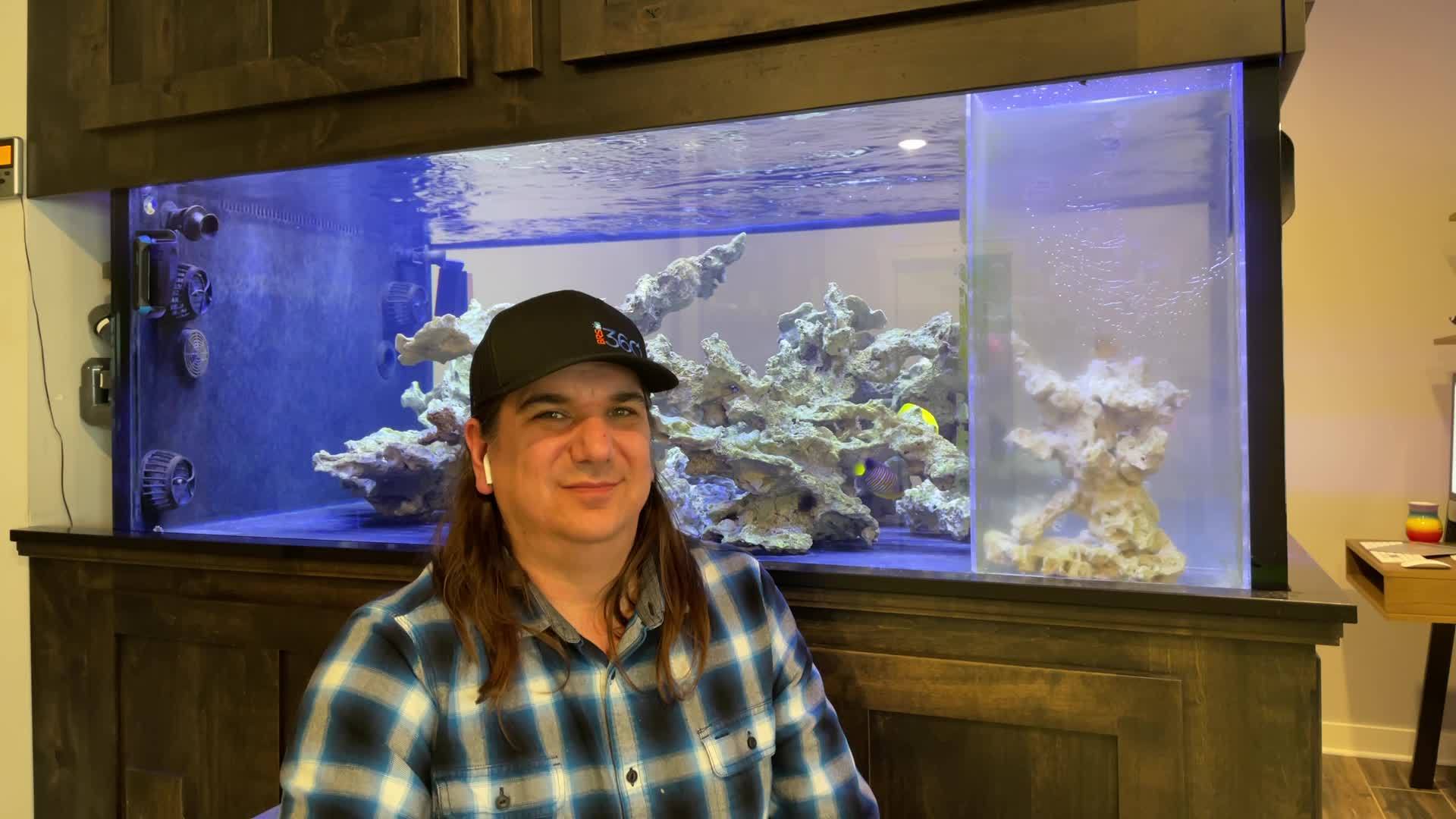Ryan from Bulk Reef Supply has been posting updates on his take-it-slow approach with cycling his new 360 gallon SPS tank. Lots of interesting points in his 6-month update (below), but a couple things I'd love to hear opinions on from more experienced reefers (I'm just getting started myself). If you don't want to watch the 15 min video, here are some points:
Ryan's update is here:

 fb.watch
fb.watch
- After patiently cycling his dry rock for 4 months (no substrate), as soon as he turned on his lights he tank filled with a "green murk" that he had never seen before. Probably some sort of diatom, he thinks.
- Ryan was running a (fairly massive - 1,200 GPH) UV setup that, he thought, would have kept the diatoms check.
- Ryan posits that even after 4 months of cycling with fish, the biological diversity still hadn't developed in the tank, allowing the diatoms to flourish.
- Ryan turned off the lights and added 2 bottles of Microbacter7 and the problem went away.
- Six months in, there is little to no Coralline algae in the tank.
- Is it possible to fully cycle a tank with dry rock and no Nitrifying bacteria starter like Microbacter7/Dr. Tim's/etc? Does Ryan's cycle show that a starter is basically required (OR use live rock or seeded material)?
- Was Ryan's "green murk" really fixed by adding Microbacter7, or was it just turning off the PAR 300 lights that fixed it?
- Does UV have any effect on algae (like the diatoms that Ryan had), at all?
Ryan's update is here:

Cycle / Ugly Stage Update | Ups and Downs. 6-month cycle. I learned a lot and there are absolutely some things I would do differently next time. | By BRStv Shorts | Facebook
Ups and Downs. 6-month cycle. I learned a lot and there are absolutely some things I would do differently next time.
 fb.watch
fb.watch


















